Introduction to Hierarchical Bayesian Modeling for Ecological Data
I Basic Blocks of Bayesian Modeling Bayesian Hierarchical Models in Statistical Ecology Challenges for statistical ecology Conditional reasoning, graphs and hierarchical models Bayesian inferences on hierarchical models What can be found in this book? The Beta-Binomial Model From a scientific question to a Bayesian analysis What is modeling? Think conditionally and make a graphical representation Inference is the reverse way of thinking Expertise matters Encoding prior knowledge The conjugate Beta pdf Bayesian inference as statistical learning Bayesian inference as a statistical tool for prediction Asymptotic behavior of the beta-binomial model The beta-binomial model with WinBUGS Further references The Basic Normal Model Salmon farm's pollutants and juvenile growth A Normal model for the fish length Normal-gamma as conjugate models to encode expertise Inference by recourse to conjugate property Bibliographical notes Further material Working with More Than One Beta-Binomial Element Capture-mark-recapture analysis Successive removal analysis Testing a new tag for tuna Further references Combining Various Sources of Information Motivating example Stochastic model for salmon behavior Inference with WinBUGS Results Discussion and conclusions The Normal Linear Model The decrease of Thiof abundance in Senegal Linear model theory A linear model for Thiof abundance Further reading Nonlinear Models for Stock-Recruitment Analysis Stock-recruitment motivating example Searching for a SR model Which parameters? Changing the error term from lognormal to gamma From Ricker to Beverton and Holt Model choice with informative prior Conclusions and perspectives Getting beyond Regression Models Logistic and probit regressions Ordered probit model Discussion II More Elaborate Hierarchical Structures HBM I: Borrowing Strength from Similar Units Introduction HBM for capture-mark-recapture data Hierarchical stock-recruitment analysis Further Bayesian comments on exchangeability HBM II: Piling up Simple Layers HBM for successive removal data with habitat and year Electrofishing with successive removals HBM III: State-Space Modeling Introduction State-space modeling of a biomass production model State-space modeling of Atlantic salmon life cycle model A tool of choice for the ecological detective Decision and Planning Summary Introduction The See-Selune river network Salmon life cycle dynamics Long-term behavior: Collapse or equilibrium? Management reference points Management rules and implementation error Economic model Results Discussion Appendix A: The Normal and Linear Normal Model Appendix B: Computing Marginal Likelihoods Appendix C: The Baseball Players' Historical Example Appendix D: More on Ricker Stock-Recruitment Bibliography Index
{{comment.content}}
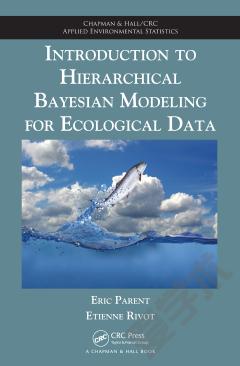
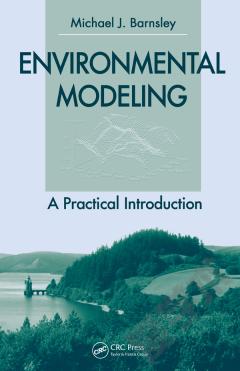
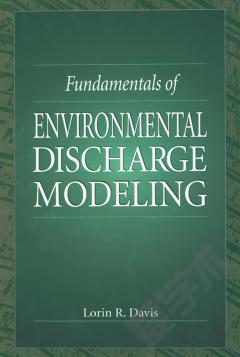

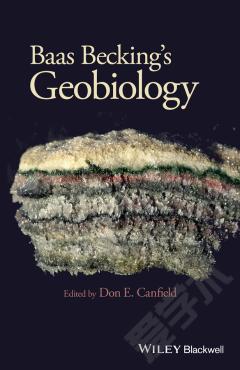
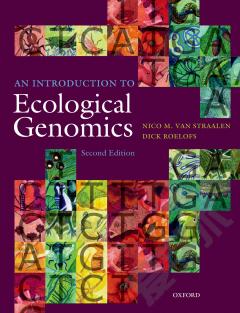
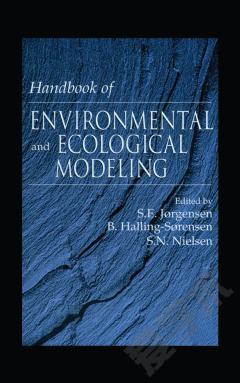

 京公网安备 11010802027623号
京公网安备 11010802027623号